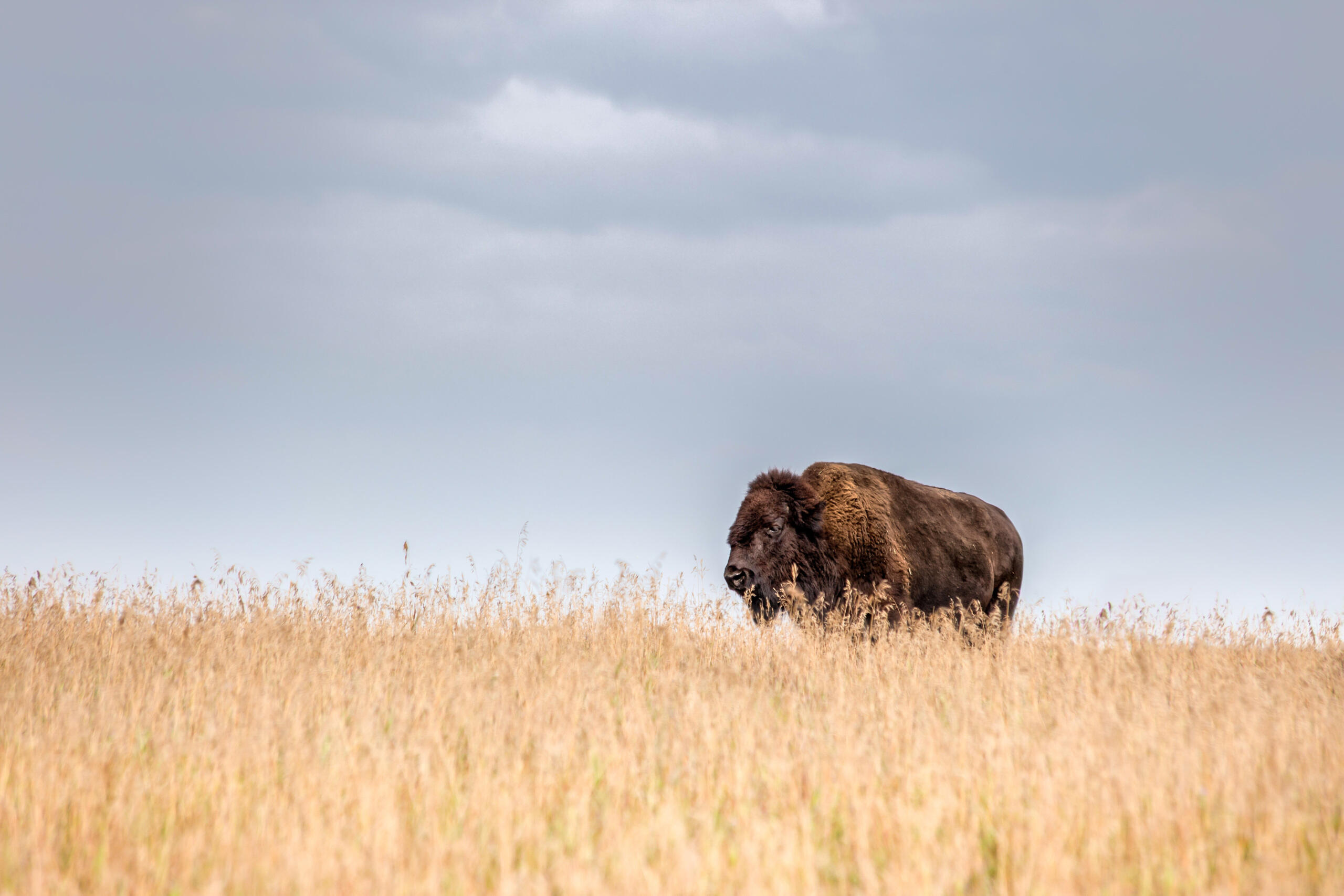
Did you know that the American bison, once roaming the plains in millions, faced near extinction in the 1800s? These majestic creatures, also known as buffalo, were a vital part of the ecosystem and Native American culture. However, due to overhunting, habitat loss, and government policies, their numbers plummeted drastically. By the late 19th century, fewer than 1,000 bison remained. This dramatic decline wasn't just about losing a species; it disrupted entire ecosystems and indigenous ways of life. Understanding the history of the American bison's near extinction helps us appreciate the importance of conservation efforts today. Let's dive into 35 fascinating facts about this critical period in American history.
Key Takeaways:
- The American bison, once numbering in the millions, faced near-extinction due to hunting and habitat loss in the 1800s, but conservation efforts and cultural involvement have helped their population rebound.
- Today, the American bison population has recovered to around 500,000, but ongoing challenges like disease and climate change require continued conservation efforts and public awareness for their survival.
The Rise of the American Bison
The American bison, often called buffalo, once roamed the North American plains in massive herds. These majestic creatures played a crucial role in the ecosystem and the lives of Native American tribes.
- Bison Population: In the early 1800s, an estimated 30-60 million bison roamed North America.
- Habitat: Bison primarily inhabited the Great Plains, stretching from Canada to Mexico.
- Role in Ecosystem: Bison grazing patterns helped maintain the grasslands, promoting biodiversity.
- Cultural Significance: Native American tribes relied on bison for food, clothing, and tools.
The Beginning of the Decline
The decline of the bison population began with the arrival of European settlers. Various factors contributed to their rapid decrease.
- Westward Expansion: The westward movement of settlers disrupted bison habitats.
- Railroad Construction: Railroads cut through bison migration routes, leading to habitat fragmentation.
- Commercial Hunting: Hunters killed bison for their hides, leaving carcasses to rot.
- Military Strategy: The U.S. government encouraged bison hunting to weaken Native American tribes.
The Impact of Hunting
Hunting was the most significant factor in the near-extinction of the American bison. The scale and methods of hunting were unprecedented.
- Buffalo Bill: William "Buffalo Bill" Cody claimed to have killed over 4,000 bison in 18 months.
- Sharpshooters: Professional hunters used high-powered rifles to kill bison from trains.
- Bison Robes: Bison hides were turned into robes, a popular item in the 19th century.
- Market Demand: The demand for bison products in Europe and the U.S. fueled mass slaughter.
Environmental and Ecological Consequences
The drastic reduction in bison numbers had far-reaching effects on the environment and other species.
- Grassland Degradation: Without bison grazing, grasslands became overgrown and less diverse.
- Soil Erosion: The absence of bison led to increased soil erosion in the Great Plains.
- Predator Decline: Predators like wolves and grizzly bears lost a primary food source.
- Plant Species: Certain plant species that thrived under bison grazing patterns began to decline.
Efforts to Save the Bison
By the late 1800s, the bison population had plummeted to near extinction. Efforts to save the species began in earnest.
- Conservation Laws: The first laws to protect bison were enacted in the 1870s.
- Private Herds: Ranchers like Charles Goodnight started private bison herds to preserve the species.
- Yellowstone National Park: Yellowstone became a sanctuary for the remaining wild bison.
- The American Bison Society: Founded in 1905, this organization worked to increase bison numbers.
The Role of Native American Tribes
Native American tribes played a crucial role in the conservation and resurgence of the bison population.
- Cultural Reconnection: Tribes reintroduced bison to their lands as part of cultural restoration.
- Tribal Herds: Many tribes established their own bison herds.
- Educational Programs: Tribes developed programs to educate younger generations about bison.
- Economic Benefits: Bison herds provided economic opportunities through tourism and meat production.
Modern-Day Bison
Today, the American bison is a symbol of conservation success, but challenges remain.
- Population Recovery: Bison numbers have rebounded to around 500,000, mostly in private herds.
- Genetic Diversity: Maintaining genetic diversity is crucial for the long-term health of bison populations.
- Habitat Restoration: Efforts continue to restore bison habitats and migration routes.
- Bison Meat: Bison meat is now a popular and sustainable food source.
Ongoing Challenges
Despite the successes, bison face ongoing challenges that require continued attention and action.
- Disease: Diseases like brucellosis pose a threat to bison and cattle.
- Climate Change: Changing climate conditions impact bison habitats and food sources.
- Human-Wildlife Conflict: Bison sometimes come into conflict with agricultural interests.
- Legal Protections: Ensuring strong legal protections for bison remains essential.
The Future of the American Bison
Looking ahead, the future of the American bison depends on continued conservation efforts and public awareness.
- Public Awareness: Educating the public about bison conservation is crucial.
- Partnerships: Collaboration between governments, tribes, and private organizations is key.
- Sustainable Practices: Promoting sustainable practices in bison management will help ensure their survival.
The Legacy of the American Bison
The American Bison's near-extinction in the 1800s serves as a stark reminder of the impact humans can have on wildlife. Overhunting and habitat destruction almost wiped out these majestic creatures. Thanks to conservation efforts, their numbers have rebounded, but the scars of the past remain.
Understanding this history helps us appreciate the importance of protecting endangered species today. The bison's story isn't just about survival; it's about resilience and the power of collective action. By learning from past mistakes, we can ensure a better future for all wildlife.
So, next time you see a bison, remember the journey they've been through. Their survival is a testament to what can be achieved when people come together for a common cause. Let's continue to protect and cherish these symbols of strength and endurance.
Frequently Asked Questions
Was this page helpful?
Our commitment to delivering trustworthy and engaging content is at the heart of what we do. Each fact on our site is contributed by real users like you, bringing a wealth of diverse insights and information. To ensure the highest standards of accuracy and reliability, our dedicated editors meticulously review each submission. This process guarantees that the facts we share are not only fascinating but also credible. Trust in our commitment to quality and authenticity as you explore and learn with us.


